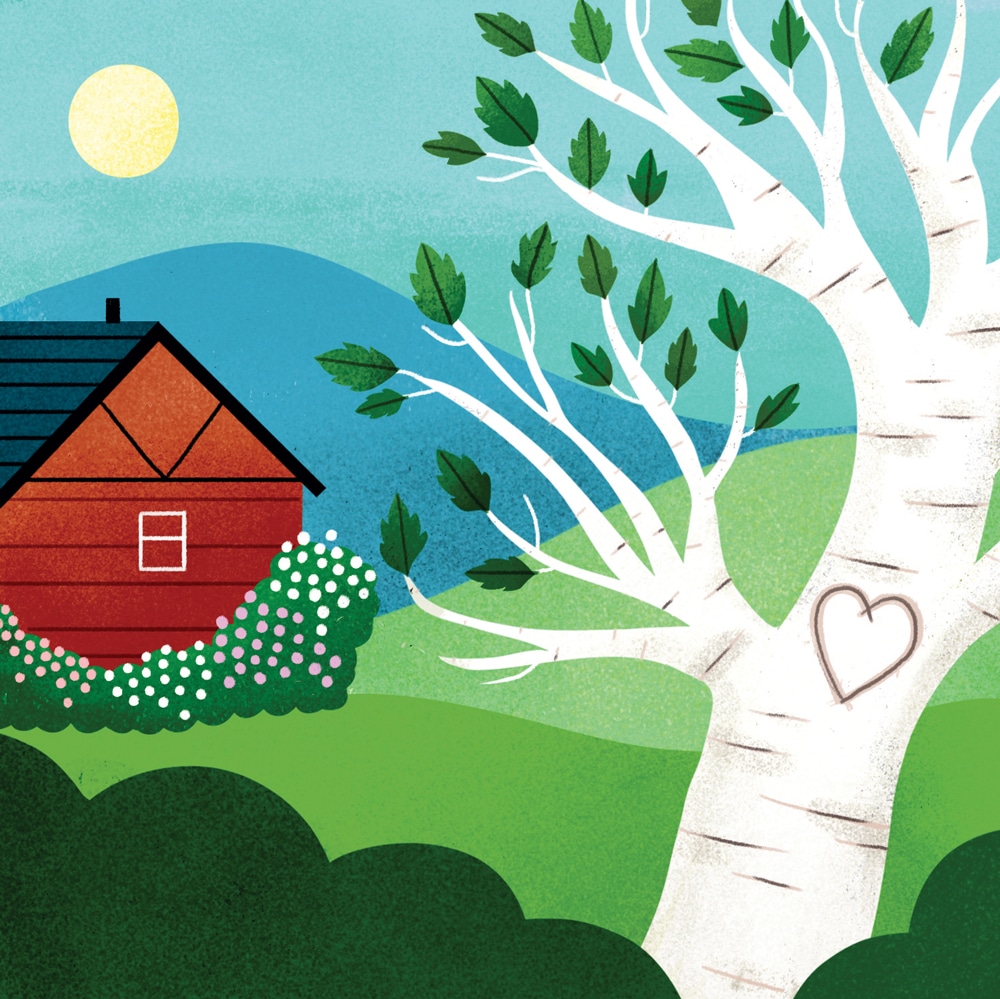
Although I moved to this farm only recently, I have loved this place for years, passing by on the road home, slowing to look. There was usually something happening: smoke coming out the chimney; a tractor in the yard being worked on; Mary kneeling in her garden, tending the phlox. And always, there was the mountain. To have come here now is a little like falling in love with an old friend, someone you have known for years, someone you never thought of that way. But all of a sudden, there you are. I never thought Mary’s farm would become mine, and to be here is like the best, most rewarding kind of love.

Mary’s fields, almost all of which are on the other side of the road from the farmhouse, have been open since the early 19th century and, so far as I know, always farmed. The farmers who worked these fields must have enjoyed it. Walk up into the fields, and the mountain is smack in front of you; the fields, separated by hedgerows, roll out on either side, like something in England.
A few years ago, in the early spring, I began to notice that the trees beside the road were getting a much-needed trimming. A young man I did not recognize was busy with his chain saw, selectively cutting trees that had grown thick. He was carefully removing the brush and then raking, so that the roadsides looked beautifully groomed, almost combed. In spots where it had been obscured by these trees, the mountain was now grandly present.
This went on for a couple of months. One day I spotted the young man beside the road. Instead of his chain saw, he was working with carpenter’s tools. The road that passes by Mary’s house is cut into a bank, which makes entrance to the field a bit challenging. Into the bank he was building a flight of wooden steps. The next time I came by, the steps were adorned with pots of flowers, and in the field there was a freestanding white arbor. The rising steps and the distant arbor, set facing the mountain as they were, seemed like an entrance to paradise.
I looked forward to my ride home from work, hoping to catch the next act in this silent play. I was not disappointed: Everywhere around the farm there were flowers, in pots, in vases, in bundles tied with ribbons. Set in the field, facing the arbor, were neat rows of hay bales. Carefully laid on each bale was a white cloth. Pews! There was going to be a wedding—a most elegant outdoor wedding! I wondered who could be getting married. Mary was a widow in her 70s, and as far as I knew, both of her daughters were married.
I wasn’t the only one who had been keeping track of this wedding-in-the-works. Several people in town drove up to the hill on that Saturday and watched from their cars as the couple joined together under the arch. Later I heard the story, told often by a woman in town who calls this “the love story.” A young man who knew Mary and loved her view asked her if he could be married in her field. In return, he said, he would cut the trees beside the road and open up her view.
The arbor is long gone, but the tidy roadside and the steps remain, to remind me of that spring of ardent preparation by a diligent young man. A wonderful love story, and I am as surprised as anyone to discover that I am now enjoying the benefits, inside a love story all my own.
A slightly longer version of this essay, the first of Edie Clark’s “Mary’s Farm” columns, was published in the June 1999 issue of Yankee. Edie’s books are available at edieclark.com.


